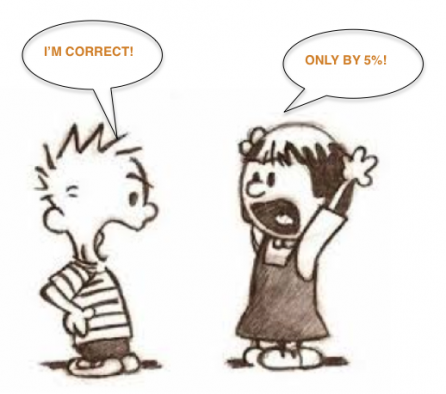
Over the past 20 years or so, a debate over the relative virtues of quantitative and qualitative methodology has gained considerable momentum.
In the field of social research and evaluation, quantitative research has been considered as the more ‘traditional’ approach to addressing a research question. Decades ago, researchers advocating for the use of qualitative methods were considered to be the newcomers.
As qualitative researchers came onto the scene, discussions began about the merits of using qualitative research over quantitative research. Today, qualitative research advocates are well established within the social research industry, yet the debate continues to be alive and well.
Quantitative research typically involves data in numerical form, gathered in a formal, systematic way. Qualitative data, on the other hand, is generally found in the form of words or text. Photographs, videos, sound recordings and the like, can also be considered qualitative data.
There seem to be philosophical views that contribute to this quant/qual debate. Some people have a natural general presumptive preference for quantitative research over qualitative on the grounds that quantitative research is more rigorous, scientific, or objective. Some industry bodies tend to reject reports on qualitative research, as they claim the results are not replicable, but rather, anecdotal. Well designed qualitative research should indeed be able to be replicated and therefore, be reliable. On the other hand, some claim that quantitative cases must be tested against qualitative cases, and the qualitative and relations between individuals. Critics of of quantitative methodologies often claim that quantitative methods may be appropriate for the natural sciences but are inappropriate for the social sciences––such as program evaluation and social research––because the natural sciences are qualitatively different from the social sciences.
However, critics of the debate itself argue that having this debate at all is unproductive, as it obscures the fact that the two approaches are closely related. An important point to remember is:
All quantitative data are based upon qualitative judgements and all qualitative data can be described, counted, and manipulated.
Within the social services industry there is an increasing requirement by government contracts to produce numbers and data outcomes, to add more rigour to research outcomes, to provide what is considered to be more reliable evidence about programs or policies and their performance. This is an understandable and justifiable position. But qualitative data can provides another, as important layer of meaning to support this data, as numbers alone cannot assist a policy maker understand nuances relating to people’s motivations in engaging with programs or activities, or their attitudes and values relating to the program in question.
Perhaps as a result of this ongoing debate, the bigger research and evaluation questions have been ignored; questions that relate to the purpose of the research and what a commissioning client hopes to be able to do with the results. These are the things that should determine whether a qualitative or quantitative approach be undertaken. In some cases it would be appropriate for a mixed methods approach to be used; one that uses both qualitative and quantitative methods. These is certainly a growing appreciation of the merits of a mixed methods approach within industry circles.
Thankfully there is also a strong and increasing understanding that together, both qualitative and quantitative research assist in painting a fuller picture of research and evaluation than either one alone can do.
Ideally, clients commissioning research or evaluation projects should have discussions with researchers and evaluators about the purpose of the project before prescribing a preferred approach. That way, together, the consultant and client are able to discuss the merits of using qualitative or quantitative research, and arrive at a solution that will increase the likelihood of the study providing data that will answer the questions that need to be asked.
